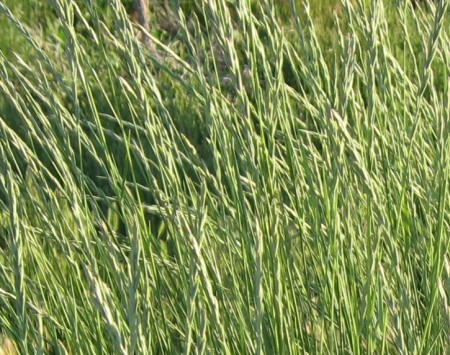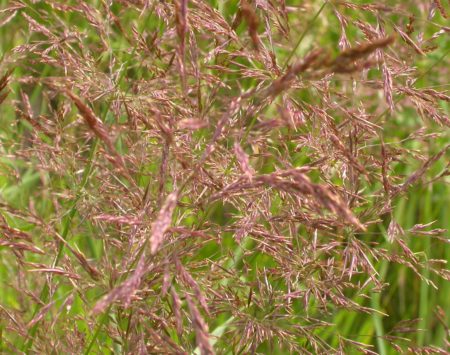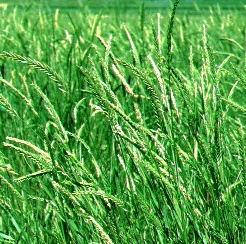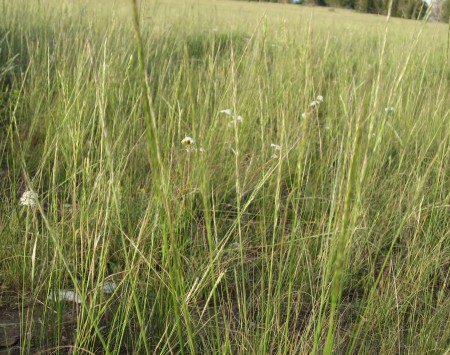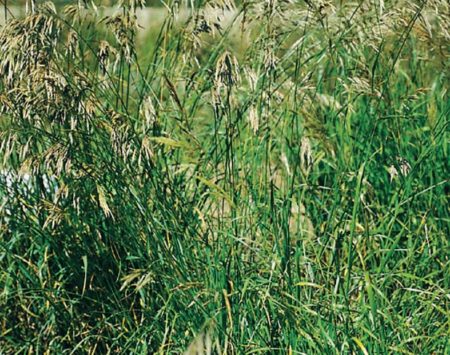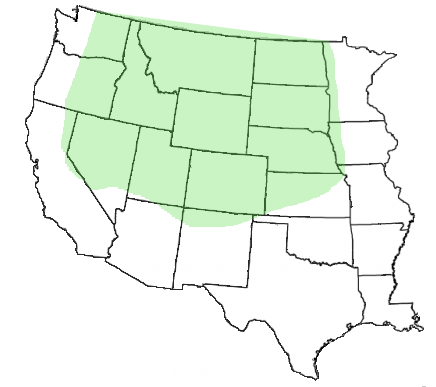 Thinopyrum intermedium ssp. trichophorum, Pubescent Wheatgrass
Thinopyrum intermedium ssp. trichophorum, Pubescent Wheatgrass
(old nomenclature: Agropyron trichophorum) (Introduced)
Medium height, 3 – 4 ft., long-lived, drought-tolerant, strongly-rhizomatous, sod-forming, cool-season grass. Adapted to all soil textures but does best on medium to fine textured soils. Tolerant to low fertility, cold, fire, and some salt and alkali. Important range and pasture grass because of good palatability, good yield, and ability to remain green late into summer. Also important for erosion control, wildlife habitat improvement and reclamation. Minimum precip. is 11 – 12 inches. Plant fall or spring ¼ – ½ inch deep. 85,000seeds/lb.
Named Releases: ‘Greenleaf’ (Cultivar) Released by the Canada ARS in 1966. Intended use is for winter-hardy forage for pasture and hay production.
‘Luna’ (Cultivar) Released in 1963 by the Los Lunas, NM PMC and NM AES. Seed origin is from Russia and Turkey. Selected for excellent seedling vigor, fast establishment, and good forage production. Luna is the most broadly adapted pubescent wheatgrass and performs well on adapted sites in the west.
‘Mandan’ (Cultivar) Originated from seed from Russia and was never officially released. Has excellent seedling vigor and forage production.
‘Manska’ (Cultivar) Is intended to replace Mandan. Selected for improved vigor, resistance to leaf-spot, high forage and seed production and superior nutritional quality.
USDA: Plant Profile | Plant Guide | Fact Sheet

